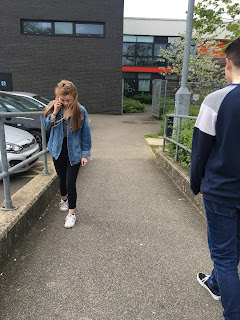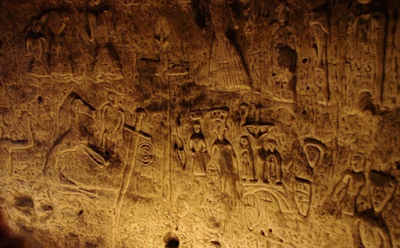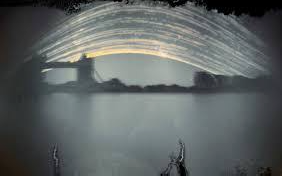Unit 7 Resubmission

Decay Here is my decay video. I chose to capture a series of images showing ice melting. I took a series of 90 images to capture from the start where there are ice cubes to the end where there's nothing left to see. My video lasts a couple of minutes, which shows me experimenting with decay. One thing I would improve on this video is the camea angles, I did'nt use a tri-pod, which meant some images were at different angles, this can effect my video becuase the constant camera movment doesnt give my GIF the professional look/effect to it. However for my first attempt at this I feel my GIF is successful becuase it clearly shows the idea I was creating of melting ice and clearly shows the stages of ice melting. The only thing I would change about my GIF is I would of used a tri-pod to keep little camera movements as possible meaning my GIF looking more effective. Narrative Sequence Above is my final Narrative Sequence. The story I am tryi...




